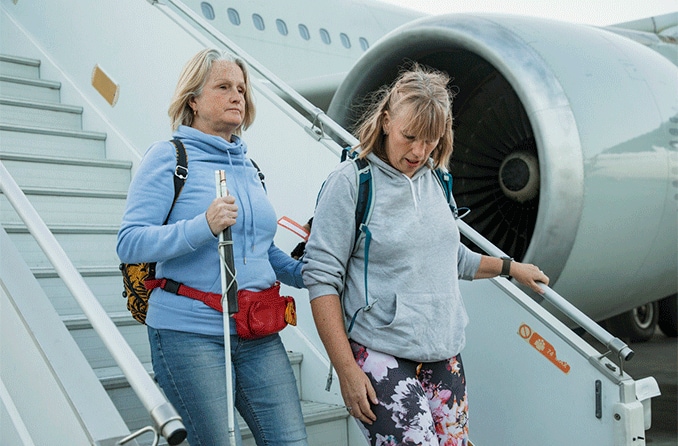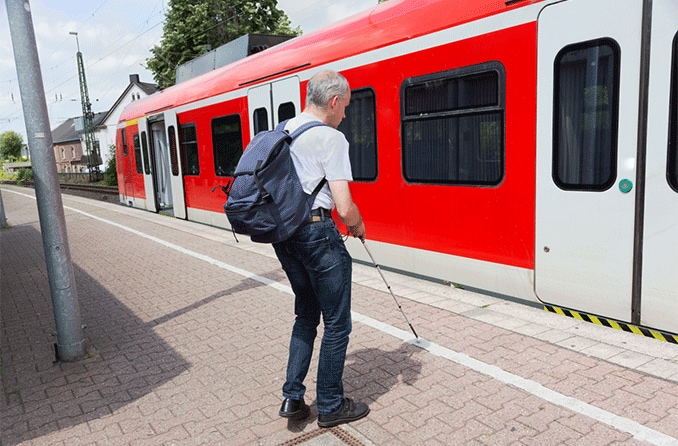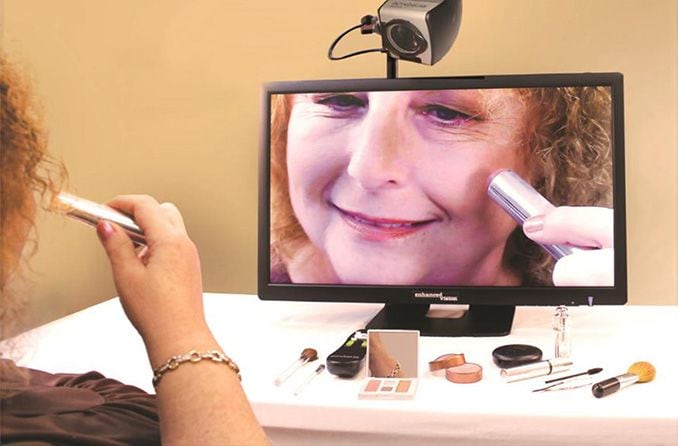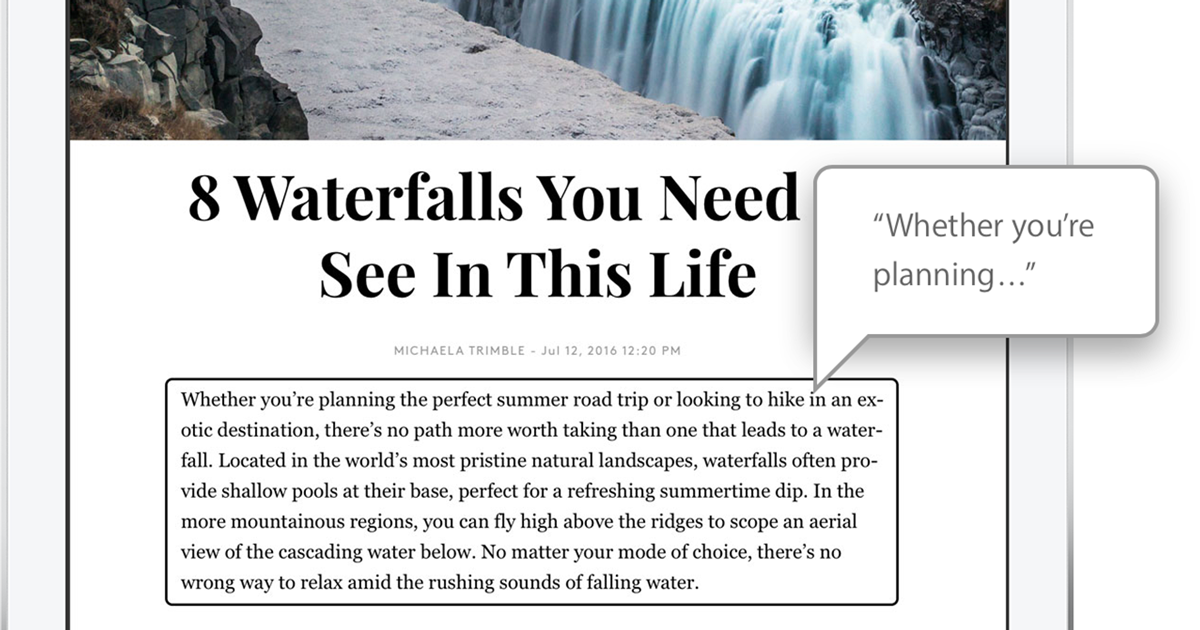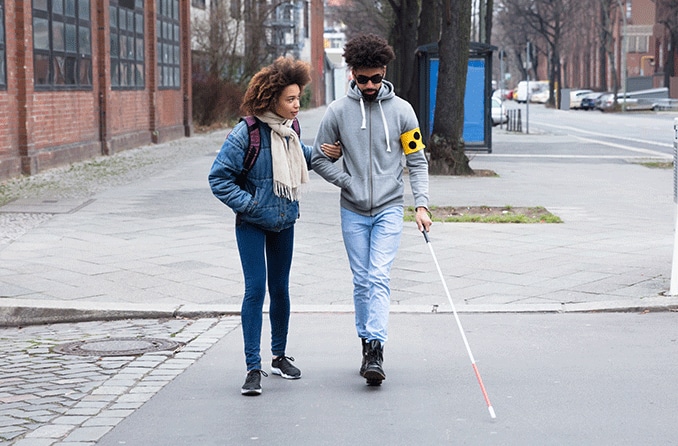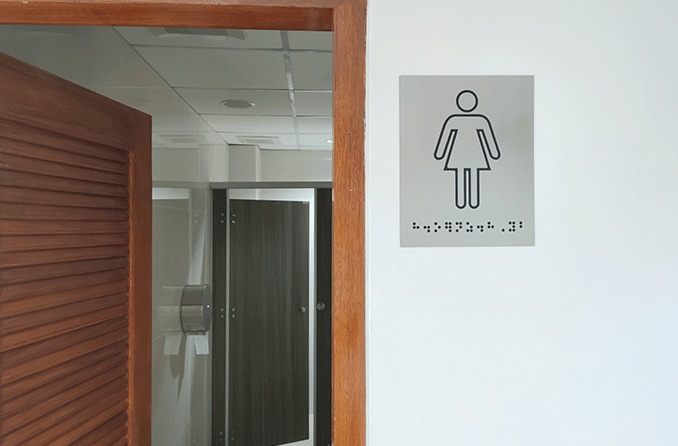Preparation pays off when planning a vacation or tourism holiday for people with low vision. It’s a good idea to get started several months before you plan to go. You can plan everything yourself or work with a travel agent or professional tour guide. Just make sure they have experience with visually impaired travelers.
Let’s walk through some of the most important things to plan.
Choosing a destination
If you’re undecided on where to travel, think about places that ignite the senses:
The spice of Thai food.
The aroma of a French bakery.
The touch of a Caribbean breeze.
The sounds of Mideastern music.
Look for articles online about adventure travel and urban tourism, and ask your friends with low vision for ideas about what to do and where to go. Once you've made a decision, it’s time to figure out how you can make the most of your trip.
Assessing accessibility
Some big cities are organized on grids that are easy to navigate. Remote villages may have few accessibility features, but the people there may be willing to help you out.
Nations, states and metropolitan areas usually have tourism offices and websites for visitors. Scan these sites for resources for people with low vision and blindness. The more you learn about accessibility at your destination, the better you’ll do with the rest of your preparations.
Weighing personal assistance
Think about asking a sighted friend or family member to come along. That way you can spend more time enjoying yourself and less time on distractions when navigating a new environment. And you’ll have somebody you can share memories with for years to come.
After you’ve traveled with a companion, you may decide you’d prefer to go solo. Just make sure you weigh the pros and cons of each choice.
Preparing your canine assistant
If you have an assistance dog, you’ll have to make a few special preparations. Immigration officials in the countries you’ll visit will probably need to know about your dog’s vaccination records and any other relevant health information.
Some nations may require a quarantine. As you research your destinations and explore immigration policies, make sure you know all the rules specific to animals. And don’t forget about your dog’s dietary needs and medications.

Acquiring documents and identification
To pass through airport security, you’ll need a valid, state-issued photo ID. If you’re leaving the country, you’ll have to apply for a passport if you don’t have one already. Do this as soon as you pick your destination. There are always unanticipated paperwork hassles involved in getting government documentation.
Again, ask your friends and acquaintances in the low vision community about their experiences. That should help move things along.
Updating technologies, equipment and devices
Make a checklist of the assistive devices you use every day. Are they in good condition, or should they be replaced or repaired? Make sure you have enough batteries and chargers — with adapters that match the plugs used in your destination (Europe and other regions of the world often have different electrical plug and socket formats than the U.S.). You might even consider getting duplicates for items that might get lost or stolen.
Also, dozens of smartphone apps can help with things like GPS locations and audio descriptions of your environment. For instance, Be My Eyes is an app that connects users with volunteers who can describe objects within view of a smartphone’s camera.
Filling prescriptions, getting shots
Check with your doctor and pharmacist to make sure all of your medications and prescriptions are up to date. If you’re going overseas, find out about the vaccinations you’ll need.
The U.S. Centers for Disease Control and Prevention (CDC)has a handy page to help you match your destination with the recommended shots. The CDC strongly urges giving yourself at least a month before you leave to build up your immunities.
Dealing with dietary needs
If you’re a finicky eater, that’s fine — just avoid the stuff you don’t like. But if you have specific health requirements (gluten-free, diabetes-specific, etc.), then you have to start planning how to stay fed while traveling.
As you sort through destinations, look for restaurants and other meal sources that can accommodate your needs. Yes, it’s time-consuming because most tourist destinations have a vast array of food sources. This underscores why you have to get an early start on your travel plans.
Making reservations
When booking flights and hotel nights online, make sure you include any special accommodations you’ll require. If you find you’ve booked everything without clicking any boxes or including information about your visual impairment, take time to find a customer service page where you can double-check their accessibility policies.
Trying to get everything right when booking reservations can be an exercise in frustration if you try to do it all yourself. This is why many vacationers prefer to use travel agents and touring companies that specialize in working with people who have disabilities. It’s their job to get everything right.
Telling people where you’re going
Make sure you create an in-depth itinerary of your planned travels — especially if you’re going it alone. Even if you have a traveling companion, there’s always the potential to get separated for hours or perhaps days, depending on the ambitions of your travel plans.
Leaving an itinerary behind also helps the folks back home coordinate their efforts if they need to track you down for a family emergency.
